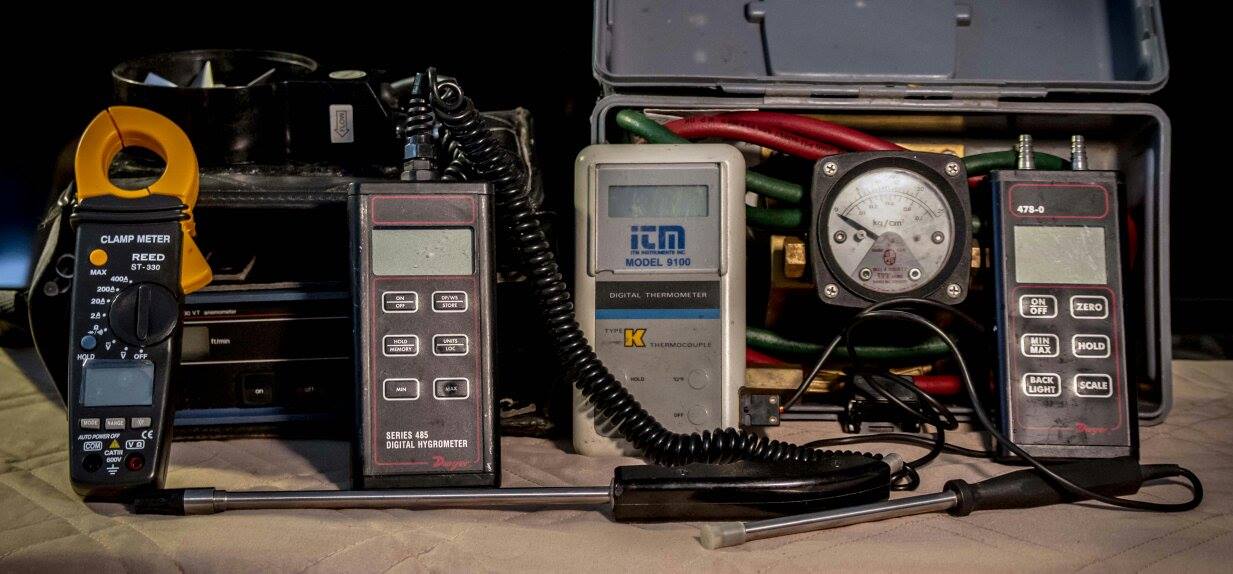Suspended Acoustic Ceilings, Types of suspended acoustic ceilings

Suspended Acoustic Ceilings speaks to types pf suspended acoustic ceilings, what are suspended acoustic ceilings, what are T bar ceilings and what are false ceilings
These ceilings are made from fibrous materials in the form of lightweight tiles or panels and are customarily referred to as acoustic ceilings because most of them are highly absorptive of sound energy unlike plaster and gypsum board, which are highly reflective of sound.
They are often less costly than either plaster or gypsum board ceilings.
The sound absorption performance of a ceiling material is measured and published in trade literature as its Noise Reduction Coefficient (NRC). NRC i a number between 0 and 1, with higher values representing higher levels of sound absorption at four specific frequencies ranging from 250 Hz to 2000 Hz. An NRC 0f 0.85 indicates that the material absorbs 85 percent of the sound that reaches it and only reflects 15 percent back into the room.
NRCs for most acoustic ceiling materials range from 0.50 to 0.90 compared to values below 0.10 for plaster and gypsum board ceilings. This makes acoustic ceilings valuable for reducing noise levels in lobbies, office spaces, restaurants, retail stores, recreational spaces and noisy industrial environments.
The lightweight, porous materials that produce high NRC ratings allow most sound energy to pass through. In other words, a ceiling made of porous materials will not furnish very good acoustic privacy between adjacent rooms unless a suitable full height wall separates the rooms and blocks the ceiling plenum. The ability of a ceiling system to reduce sound transmission from one room to another through a shared plenum is measured by its Ceiling Attenuation Class (CAC).
CAC is measured in decibels with higher values representing greater reductions in sound transmission. For closed offices with shared ceiling plenums, a ceiling system with a CAC of not less than 35 to 40 is recommended. Dense, nonporous ceiling materials tend to have higher CACs than lighter, more porous materials.
A third measure of ceiling acoustic performance is Articulation Class (AC). Like NRC, AC is a measure of sound reflection and absorption. However, AC is a measure of sound reflection and absorption. However, AC is intended specifically to measure a ceiling system’s contribution to speech clarity and privacy in a typical open office environment. It measures a ceiling’s absorption and reflection of sound over a 60 inch (1500 mm) high partition at frequencies ranging from 500 to 4000 Hz, those particularly critical to normal speech.
Higher AC values represent greater acoustical clarity and privacy, with minimum recommended values falling in the range of 170 to 200.
Where bth noise reduction within a space and sound attenuation between spaces are required simultaneously, composite ceiling panels with a highly absorbent material laminated to a dense substrate may be used. These have high values for both noise reduction (NRC or AC) and sound attenuation (CAC). The same result can be achieved by mounting acoustic absorbent tiles on a suspended ceiling of plaster or gypsum board.
Return from Suspended Acoustic Ceilings to Home Page
Return from Suspended Acoustic Ceilings to Finish Ceilings
Hard copy and E book for sale. Introduction to Building Mechanical Systems. Click here.